Minds On
Making observations
Explore the following images and descriptions of a glass of water and a glass of ice cubes.
How are these items the same? How are they different?
Record your digitally, orally, or on paper.
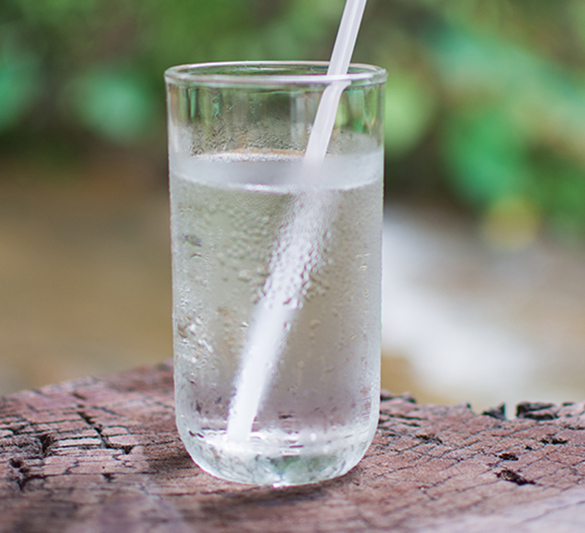
A glass of water
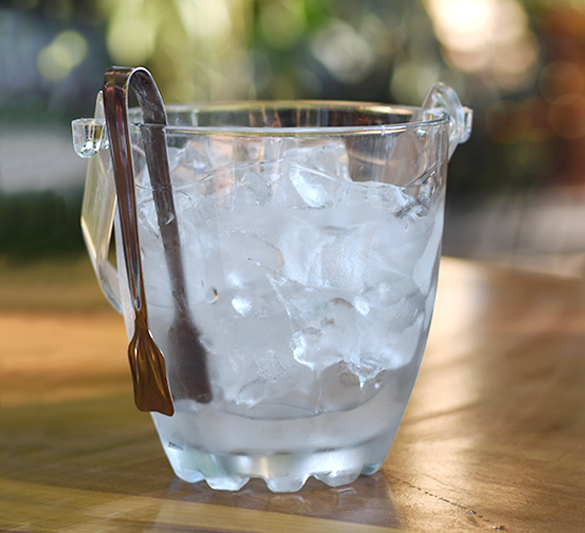
A glass of ice
Action
Kinds of water
In the Minds On section, there were two glasses.
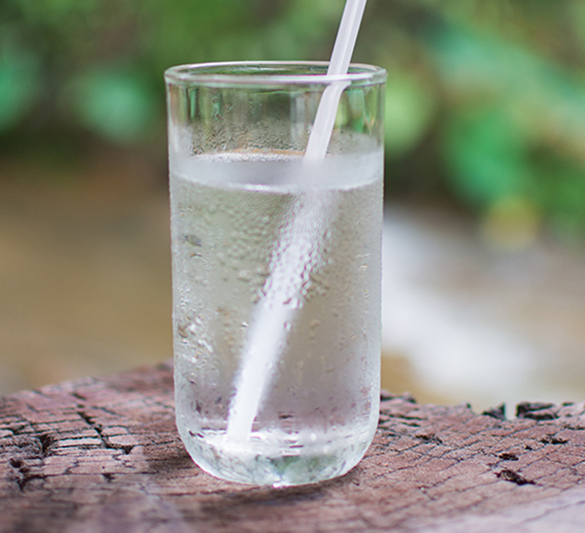
A glass of water
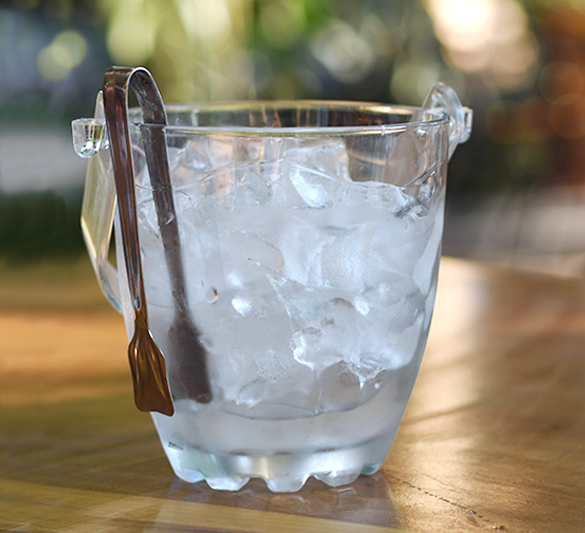
A glass of ice
One of these glasses is filled with liquid water and one is filled with solid water.
How is liquid water different from solid water?
Liquids take the shape of the container they are in. For example, this liquid water takes the same shape as the glass.
A solid has its own shape. For example, the solid water has its own shape inside the glass. Its shape is ice cubes!
Use your learning to match each glass to its corresponding type of water.
Did You Know?
Did you know
Temperature can make a solid become a liquid.
Temperature can also make a liquid become a solid.

When solid water, also known as ice, is placed close to an item that is warm or hot, it will cause the solid water to melt and become liquid water.
When liquid water is placed in or near an item that is very cold, it will cause the water to freeze and become solid water, or ice.

Pause and Reflect
Pause and reflect
Use the following questions to reflect on your learning so far.
- What do you think will happen if ice is left outside in the sun? Why?
- What do you think will happen if container of water is placed in a freezer? Why?
Record your ideas in a method of your choice.
Designing an ice road
This learning activity highlights people, places, or innovations that relate directly to the province of Ontario. Enjoy the exploration!

Let’s explore solid water, or ice, in the real world in Northern Ontario.
Winter ice roads connect 31 communities in Northern Ontario. The only other way to get to these places is by airplane.
Explore the following video about driving across an icy road.
Ice roads often go across flat marshy land, and across open lakes.
Trucks drive across the ice to deliver materials that can’t go by airplane. For example, trucks take big things like construction materials.
If a northern community wants to build a new school or nursing station, they need the road to be frozen and open long enough to get the construction materials in.
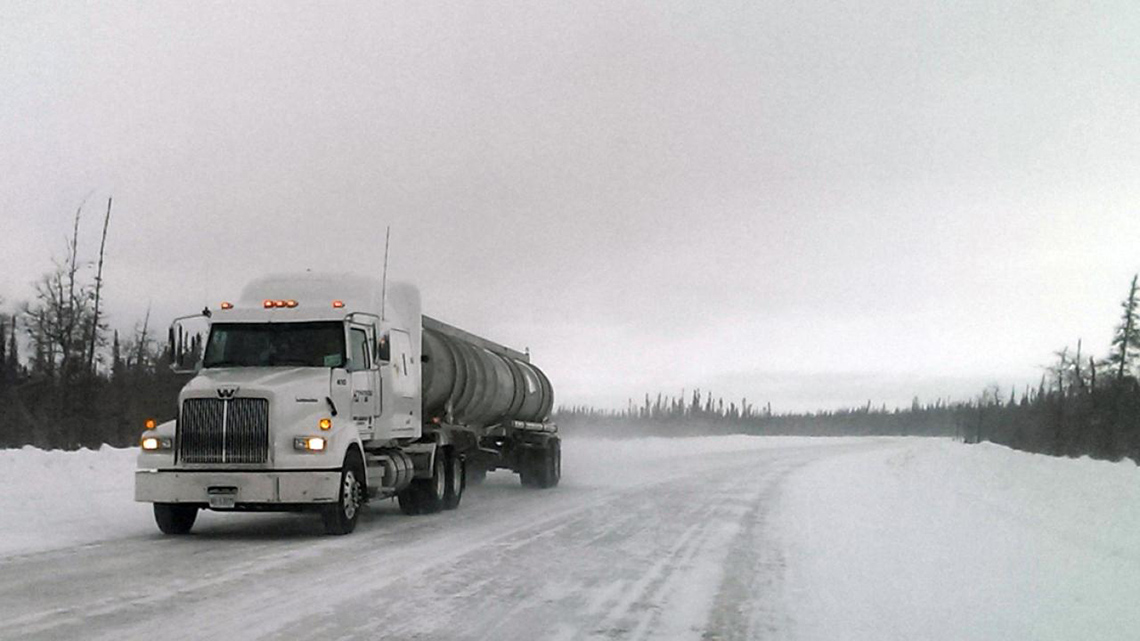
Student Success
Reflect
What do you think might happen to the trucks driving on the ice roads as temperature starts to warm up? Is it possible that:
- the truck might get stuck in slushy snow?
- the ice might crack?
- the ice melts and the road will be gone?
How might this change in water affect the people in the northern communities?
Record your ideas using a method of your choice. If possible, share your answers with a partner.
Consolidation
Let’s sort!
My conclusions
In this Learning Activity, you have learned how solid water and liquid water can change with temperature changes.
Choose one of the following two scenarios. Predict what might happen. Record your answers in a method of your choice. Be sure to explain your thinking!
Scenario 1

Teacher A and Teacher B are skating outside. The sun comes out and it gets so warm that they take off their winter coats and hats.
Respond to the following questions:
What do you think will happen to the skating rink?
Will Teacher A and Teacher B be able to continue skating?
Scenario 2

Teacher A decides to eat their ice pop outside. They sit down in the grass on a sunny day.
Respond to the following questions.
What do you think will happen to the ice pop?
How might this change the way Teacher A eats their ice pop?
Reflection
How do you feel about what you have learned in this activity? Which of the next four sentences best matches how you are feeling about your learning? Press the button that is beside this sentence.
I feel…
Now, record your ideas about your feelings using a voice recorder, speech-to-text, or writing tool.